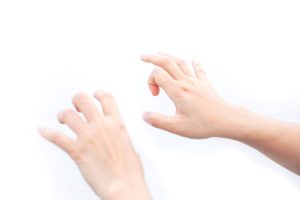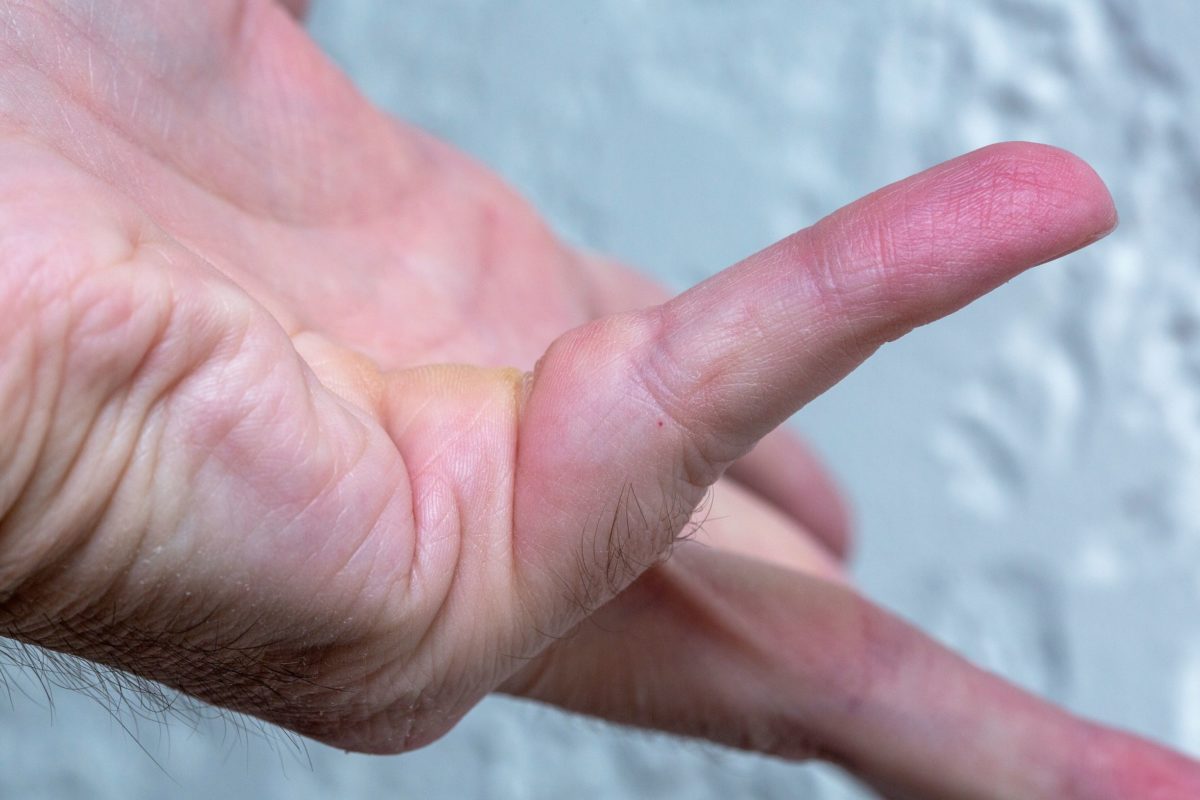When it comes to Dupuytren’s contracture vs. trigger finger, the differences are not always clear. On the surface, they have similar effects on the fingers. When you look deeper, however, you will see that the reason why the fingers are functioning the way they do is different.
Facts about Dupuytren’s Contracture vs. Trigger Finger
It’s easy to see why people may confuse the two conditions. They are similar in some ways. First of all, both conditions can affect any finger. Another similarity is the appearance. The affected fingers are typically curved inward toward the palm, although in some cases they can be bent to the left or right.
Otherwise, they are very different conditions. Following is a breakdown of the differences in Dupuytren’s contracture vs. trigger finger.
What is Trigger Finger?
The technical name for trigger finger is stenosing tenosynovitis. Trigger finger is caused when an injury causes a finger to get stuck in a bent position. This occurs when inflammation narrows the sheath around the tendons, leading to the formation of a nodule. When you flex this finger, the nodule must slide through the narrow sheath, causing a snapping sensation.
Treatment for trigger finger may include:
- The use of medications to relieve pain
- Therapy that includes rest, stretching exercises, and the use of a splint
- Steroid injections
- A percutaneous release procedure, where the hand surgeon uses a needle to break apart the constriction that is blocking proper movement
- Surgery to loosen the constricted area

What is Dupuytren’s Contracture?
Dupuytren’s contracture develops over time. It begins when tissue forms knots under the skin of the palm. As these knots form, they create a cord that pulls the fingers into a bent position. Everyday activities like gripping silverware can become difficult with this condition.
Similar to one of the trigger finger treatment options, Dupuytren’s contracture can be treated with the needling procedure to break the cord of tissue that is causing a finger to contract. Other treatment options include self-care, Xiaflex enzyme injections, and surgery.
Surgery for Dupuytren’s contracture entails removing all the tissue that is affected, including the skin. A skin graft may be required to repair the wound. Because this is a serious procedure with a lengthy recovery time, it is ideal only for those who have a diminished quality of life due to the condition.

Differences Between the Two Hand Conditions
Following are some of the primary differences in Dupuytren’s contracture vs. trigger finger.
- Trigger finger starts with the fingers while Dupuytren’s contracture stems from the palm.
- Dupuytren’s contracture involves the tissue, but trigger finger involves the tendons.
- Trigger finger is most common in the thumb, index finger, and middle finger. Dupuytren’s contracture is most likely to occur in the fourth finger and the pinky.
- Someone who has trigger finger can straighten the finger if they tried, but someone with Dupuytren’s contracture cannot.
- Whereas trigger finger is usually the result of an injury, the causes of Dupuytren’s contracture are not clear.
If you have experienced a recent injury that led to trigger finger or have been seeing the effects of Dupuytren’s contracture progress over a number of years, see our hand specialist in Macomb, Warren, West Bloomfield, or Howell for treatment. Make an appointment by calling our office or sending our hand surgery team a message online.















